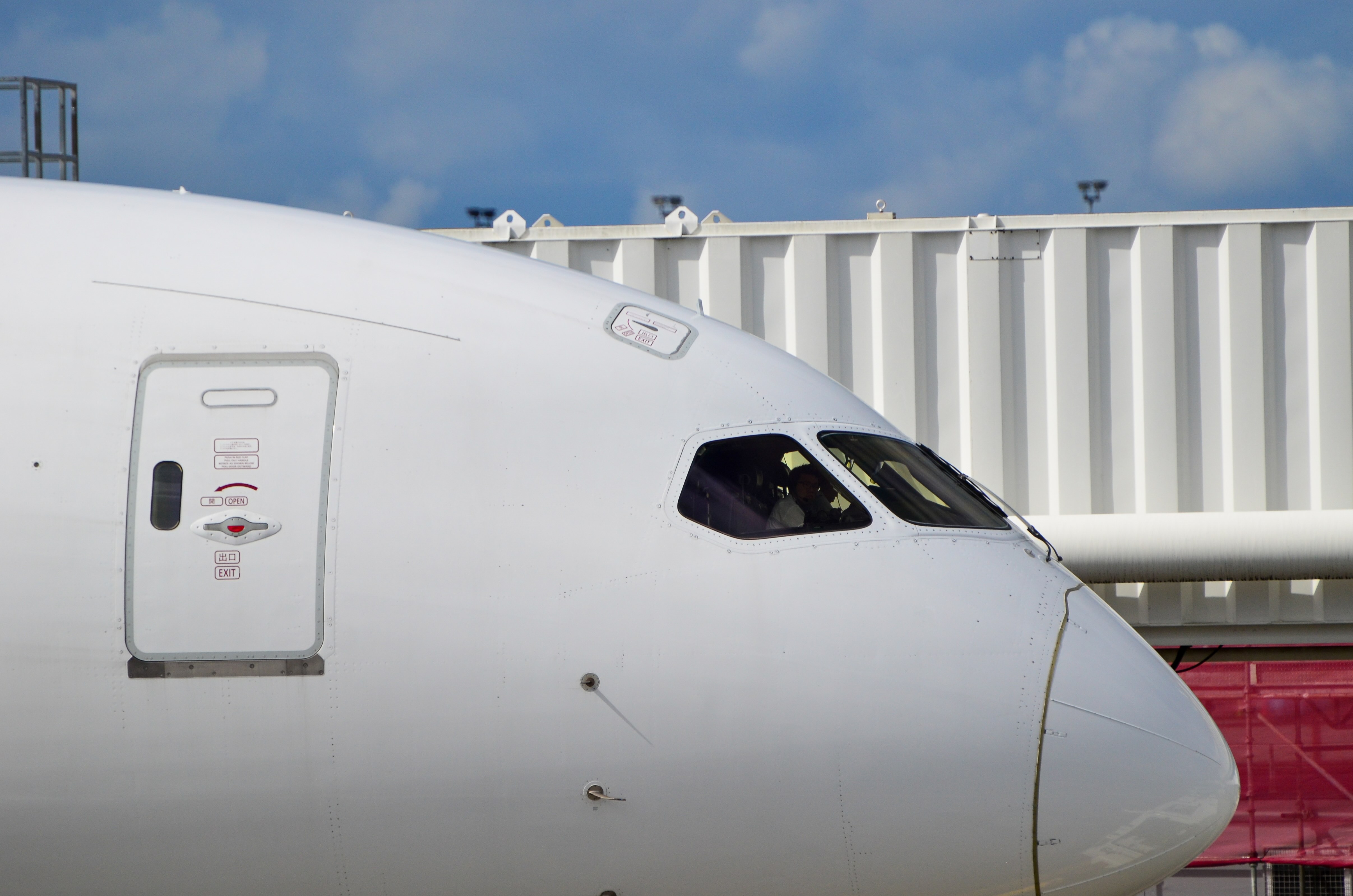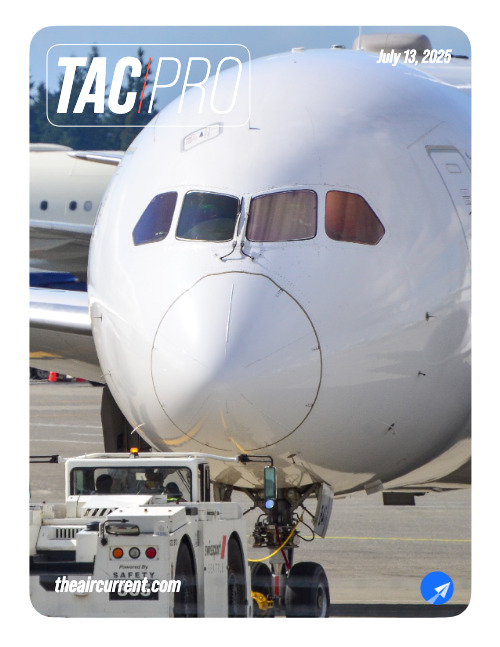Log-in here if you’re already a subscriber
Air safety reporting by The Air Current is provided without a subscription as a public service. Please subscribe to gain full access to all our scoops, in-depth reporting and analyses.
In the early morning hours of Oct. 31, 1999, Egyptair Flight 990 crashed into the Atlantic Ocean about 60 miles south of Nantucket, Massachusetts. The Boeing 767 had departed New York’s John F. Kennedy International Airport and was a half-hour into its flight to Cairo when it mysteriously fell out of the sky, killing all 217 people on board.
When the airplane’s cockpit voice recorder (CVR) and flight data recorder (FDR) were recovered, they told a story that to investigators at the U.S. National Transportation Safety Board seemed obvious. The relief first officer had convinced the command first officer to let him take over the position around 20 minutes after take-off. When the command captain left the cockpit to use the lavatory a short time later, the CVR recorded the first officer saying Tawakkalt ala Allah, translated as “I rely on God.” Then the autopilot disconnected, the throttle levers moved to idle, and the airplane began to rapidly pitch nose down and descend.
The first officer quietly repeated “I rely on God” seven additional times before the captain’s voice could be heard asking “What’s happening? What’s happening?” The 767’s elevators assumed a split position, with the left surface commanding nose up and the right surface commanding nose down, which testing demonstrated could have been caused by opposing control inputs by the captain and first officer. Around the same time, the engine fuel control switches for both engines moved from the run to the cutoff position.
“What is this? What is this? Did you shut the engine(s)?” the captain asked, according to a transcript of the CVR. “It’s shut,” the relief first officer stated. “Pull. Pull with me. Pull with me. Pull with me,” the captain said, then the CVR stopped recording.
In its final report on the accident, adopted in March 2002, the NTSB found no evidence of mechanical failure and concluded that the accident was “a result of the relief first officer’s flight control inputs.” The Egyptian Civil Aviation Authority vehemently disputed the NTSB’s determination, contending that U.S. investigators “used selected facts and speculative conclusions to support a predetermined theory.” It emphasized the NTSB’s failure to identify a motive for the first officer’s alleged actions and said the board ignored cultural evidence that the phrase Tawakkalt ala Allah “would never be used by a person who was about to do an evil deed.”
Almost two years before the final report was issued, as the NTSB was wrestling behind the scenes with Egyptian authorities’ refusal to accept that the crash of Flight 990 might have been deliberate, the NTSB’s then-Chairman Jim Hall sent a safety recommendation letter on the topic of cockpit image recorders to the Federal Aviation Administration. The board had been tracking the development of video recording technology for more than a decade, and by the time of Hall’s April 2000 letter believed that electronic image recording of the cockpit environment was both technologically and economically feasible.
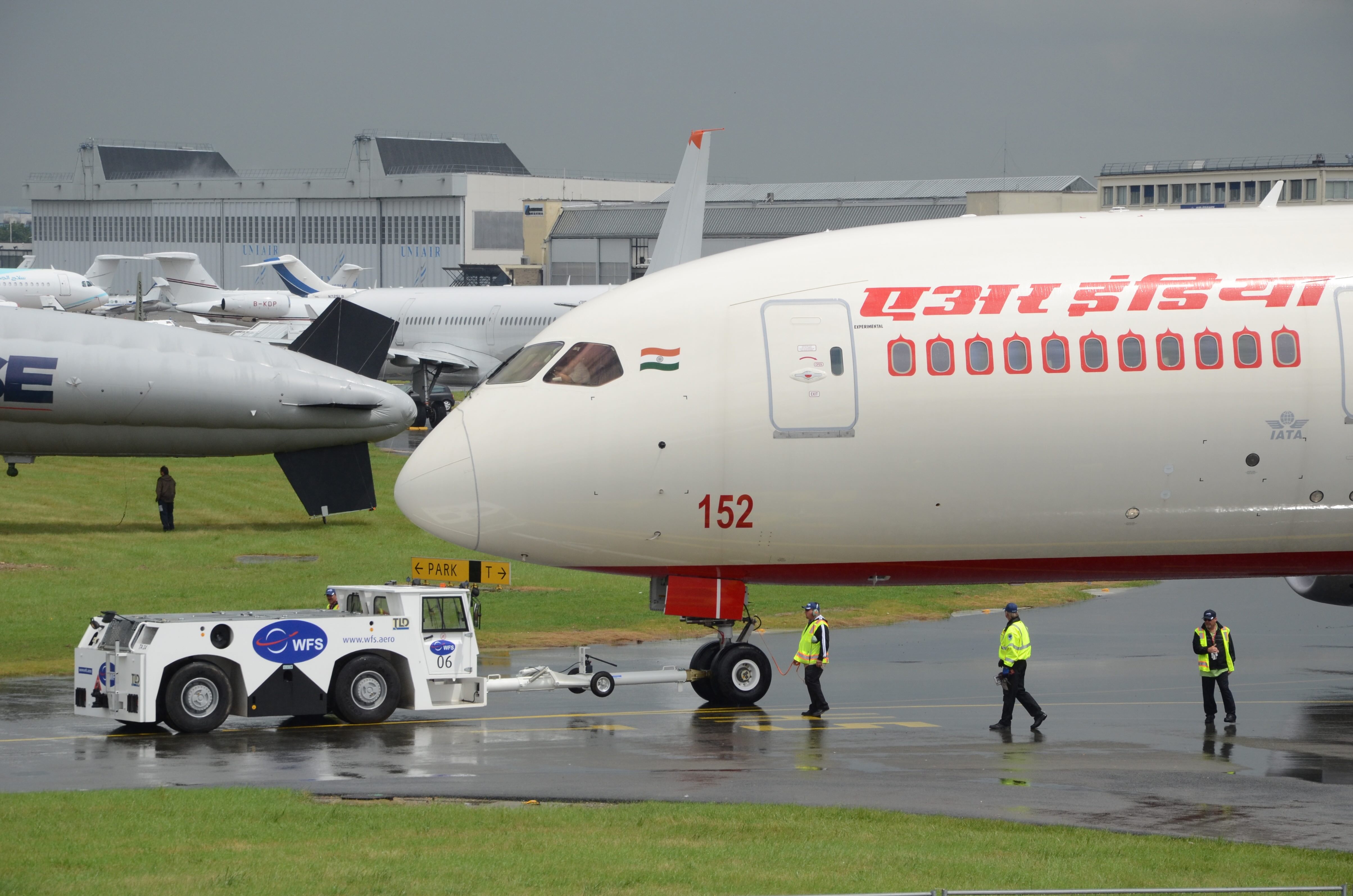
Hall cited Egyptair Flight 990 as one of five accident investigations since 1989 (along with USAir Flight 105, ValuJet Flight 592, SilkAir Flight 185 and Swissair Flight 111) that would have benefited from cockpit video evidence. In the Egyptair case, “the origins of the actions, as well as the circumstances prompting the actions, that resulted in the changes in the aircraft’s controls may never be definitively resolved because of the lack of electronic images of the cockpit,” he wrote. “The Safety Board continues to actively gather more information in an attempt to answer the unresolved questions, but the Board does not have any direct evidence of these actions in the cockpit.”
The NTSB recommended that the FAA require installation of a crash-protected cockpit image recording system by Jan. 1, 2005 on all commercial aircraft already required to be equipped with a CVR and FDR. “Imaging technology has advanced to the point where the aviation community is now on the threshold of a new generation of recorders that will lead to even greater understanding of the root causes of accidents and build upon the solid safety foundation that has been made possible by CVRs,” Hall predicted.
Twenty-five years later, video recording technology is ubiquitous, advanced and nowhere to be found in the cockpits of most commercial jetliners. This absence was underscored on July 11 when India’s Aircraft Accident Investigation Bureau (AAIB) released the preliminary report for Air India Flight 171, the Boeing 787 that crashed in Ahmedabad on June 12, killing a total of 260 people.
Related: Air India crash investigation focuses on movement of engine fuel control switches
The report indicates that the engine fuel control switches were moved from the RUN to CUTOFF position shortly after take-off, cutting off the supply of fuel to the engines. “In the cockpit voice recording, one of the pilots is heard asking the other why did he cutoff,” the report states. “The other pilot responded that he did not do so.”
Like most preliminary reports issued by accident investigation authorities, the AAIB’s report on Flight 171 does not draw any conclusions about the cause of the crash. Yet, the limited information it contains has been enough to convince some in the industry that the crash was almost certainly the result of deliberate pilot action, while others see clear evidence that it was not in the second pilot’s denial that he cut off the fuel. In a bulletin dated July 12, the Indian Commercial Pilot’s Association denounced “speculative narratives emerging in sections of the media and public discourse — particularly the reckless and unfounded insinuation of pilot suicide” and called for restraint while the official investigation is ongoing.
Whatever the investigation ultimately determines, the process will almost certainly be longer, more fraught and less conclusive than it would have been with access to high-quality cockpit video. At a time when societal attitudes toward video recording are already profoundly different than they were in 2000, Flight 171 could finally convince lawmakers and regulators to mandate cockpit image recorders — but it won’t happen without a fight.
An exchange of letters
When the NTSB issues a safety recommendation to a specific organization such as the FAA, it addresses a formal letter to that organization and requests a formal reply. This correspondence, which is entered into the public record, continues until the NTSB closes the recommendation. This will occur if the organization successfully addresses the recommendation (“closed – acceptable action”), the recommendation is superseded by a more recent one, or the NTSB simply gives up (“closed – unacceptable action”).
The 25-year correspondence between the NTSB and FAA on the topic of cockpit image recorders is a politely worded record of persistent disagreement. The FAA first replied to the NTSB in June 2000, stating that it would refer the issue of video recording equipment in airplanes to the Future Flight Data Collection Committee organized by the standards body RTCA and jointly sponsored by the FAA and NTSB. The NTSB objected, replying that “referring these recommendations to the RTCA subcommittee is neither consistent with the committee’s mission nor responsive to the recommendations.”
The FAA essentially ignored the NTSB. The RTCA committee meanwhile issued its final report in December 2001, concluding that image recording was “a technologically feasible method for collecting information not otherwise recorded” but recommending that “issues regarding security, privacy and confidentiality be resolved, and acceptable protections be put in place prior to any action mandating image recording.”
The NTSB interpreted this report as being “favorable to the concept of using video technology in the cockpit,” but the FAA did not respond. After the agency dragged its heels on the subject, the NTSB added a requirement for cockpit image recorders to its list of most wanted safety improvements in 2004. This finally evoked a response from the FAA in February 2005, when it referred back to the RTCA committee and said that it “did not present information to the FAA that was of such compelling nature to convince the FAA of the necessity of installing image recording systems” in aircraft already required to have a CVR and FDR.
The FAA was not simply disinterested in cockpit video recording; it was also facing fierce resistance from pilots’ unions to the idea. The NTSB was aware of this resistance, having heard testimony from a wide range of stakeholders including Air Line Pilots Association, International (ALPA) at a public hearing on cockpit image recorders in July 2004.
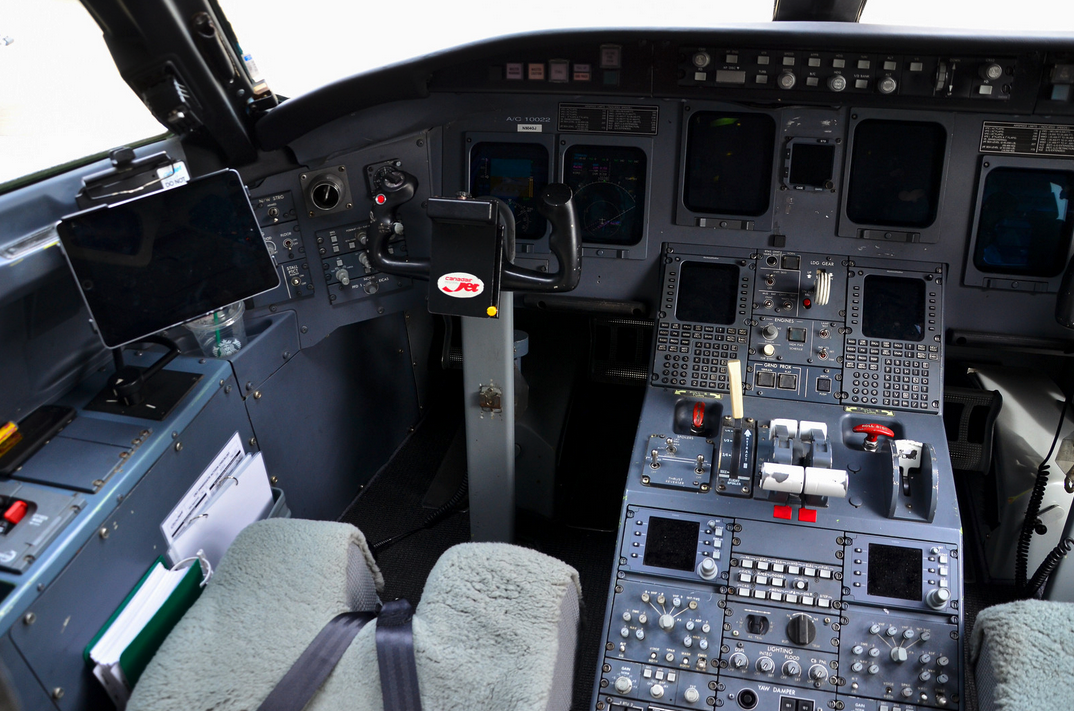
As reflected in a summary of the event for its members, ALPA argued that “the benefits of video imaging are vastly overrated” and “far more effective and efficient tools exist to obtain the data necessary to accurately investigate an accident and help prevent future accidents.” ALPA representatives expressed the opinion that digital flight data recorders provide more objective data than image recorders and that cockpit image recorders pose the risk of short-circuiting a thorough accident investigation.
Related: AI slop fills the information void of Air India crash investigation
The union also raised fears that cockpit video recordings could be used for purposes other than safety, including sensational media coverage and legal action against pilots. In his hearing testimony, Jim Johnson, manager of ALPA’s legal department, invoked the crash of Delta Flight 1141 in 1988, when TV news programs broadcast cockpit voice recordings that revealed the crew improperly engaging in nonrelevant conversation. While subsequent legislation prevented media from obtaining copies of the CVR from U.S. domestic accidents for broadcast, it did not prevent the same in foreign accidents, as when Dateline NBC in 2000 broadcast a CVR recording from the 1995 crash of American Airlines Flight 965 in Colombia.
Johnson also noted that pilots have not been protected from the use of CVR data against them in criminal proceedings or in employers’ disciplinary actions, except through limitations imposed in some collective bargaining agreements. He said that legislation to date had fallen short of “addressing the privacy concerns and achieving the original intent of CVRs, which is that such data are to be used for accident investigation purposes only” — and that adding video to the mix would only compound the problem.
Over the next 15 years of its public correspondence with the NTSB, the FAA did not mention labor unions’ concerns, instead doggedly reiterating that it had “found no new compelling evidence to require installation of cockpit image recording systems.” Only in a June 2020 letter, the first signed by then-Administrator Steve Dickson, did the FAA shift its tune, stating that “video image recorders in cockpits raise significant privacy and security concerns that to date have not been adequately addressed. While the FAA encourages the voluntary use of these devices … we do not believe it is appropriate to mandate image recording systems until privacy and security issues are more completely addressed.”
Privacy remains paramount
Meanwhile, pilots’ unions have also been successful in blocking action by Congress to require cockpit image recorders. This came up as recently as June 2023, when the U.S. House of Representatives introduced H.R. 3935, its version of the FAA Reauthorization Act. The original section 525 in that bill contained a requirement that would prohibit air carriers from operating an aircraft under Part 121 unless that aircraft is equipped with “a cockpit voice recorder and a cockpit video recorder each capable of recording at least 25 hours of data.”
By the time the next version of the bill was reported in the House in July 2023, the video recorder requirement had disappeared. The 25-hour requirement for cockpit voice recorders ultimately made it into the FAA Reauthorization Act of 2024. Also included was a requirement to update applicable regulations to ensure that CVR data “is protected from unlawful or unauthorized disclosure to the public” and “is used exclusively by a Federal agency or a foreign accident investigative agency for a criminal investigation, aircraft accident, or aircraft incident investigation.”
ALPA’s position has not changed much since its representatives testified before the NTSB in 2004. “ALPA has long recommended that any additional resources should focus on enhancing current safety systems to record more data of a higher quality and improve pilot situational awareness by deploying readily available technology, such as ADS-B In equipage, to prevent accidents and incidents, as opposed to video images, which are subject to misinterpretation and may lead investigators away from accurate conclusions,” the union said in a statement provided to The Air Current on July 11.
“Flight deck image recorders will not improve safety and could, in fact, impede it by diverting limited resources that could be used for more valuable safety enhancements. ALPA remains equally concerned as to how such proposed video recordings may be misused and insists that the aviation industry fully address how to protect recorded information.”
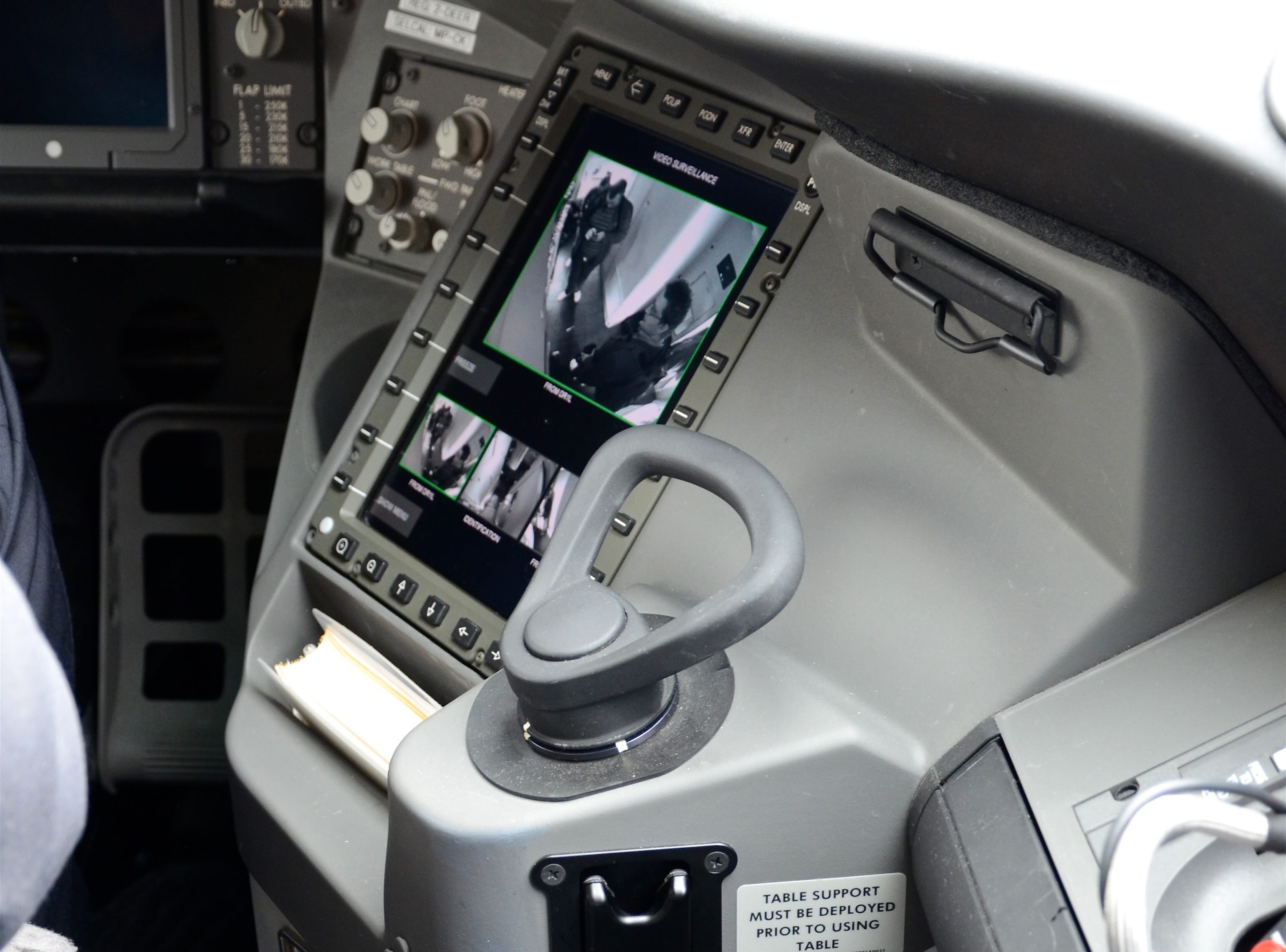
The FAA has not closed the book on this issue entirely, however. In a statement emailed to TAC on July 11, the agency said: “The FAA formed an Aviation Rulemaking Committee (ARC) in September 2023 to provide suggestions for addressing these recommendations. The FAA expects to receive the committee’s report later this year and will carefully evaluate it.”
An interim report issued by the ARC in January 2025 confirmed that the committee has considered the investigative value of cockpit image recorders (CIRs) “when those recordings supplement several other available data sources for the investigation.” The ARC said it is formulating recommendations for the FAA that address “privacy and data misuse concerns prior to implementing requirements for any CIR technology”; “how the CIR data would be handled for any events outside of the United States, particularly in states that may lack a Just Safety culture and respect for the privacy of the crew members”; and “the presence of laws, guidelines, and provisions to protect CIR data from being used in anything other than the investigation of an accident such as a criminal or disciplinary investigation.”
In the NTSB’s most recent formal communication to the FAA on the topic in November 2024, the board acknowledged the work being done by the ARC and said: “We look forward to your next update.”
A different world
In 2013, as the NTSB continued to wrangle with the FAA on the topic of cockpit video recorders for large aircraft, it issued a series of recommendations related to the installation of crash-resistant flight recorder systems on all turbine-powered, nonexperimental, nonrestricted-category aircraft not already equipped with a CVR or FDR. By this point, cockpit video recording technology was already mature, miniaturized and able to be combined with other recording functions, and the NTSB specified that these recorder systems be capable of recording “cockpit audio and images with a view of the cockpit environment to include as much of the outside view as possible.”
The FAA rejected these recommendations, too, but for different reasons. For large aircraft, the agency consistently maintained that there was “no compelling evidence” of the need for cockpit image recorders, but when it came to any type of recorder for small aircraft, it cited the cost of a mandate as the primary obstacle. The FAA estimated that the total cost to industry could be as high as $180 million for benefits that could not be quantified, although these recommendations are currently being studied in the same ARC on investigative technologies.
Many if not most pilots of small aircraft are not represented by unions, and consequently manufacturers of these aircraft have faced few political obstacles to simply installing recorders themselves in order to reap the safety benefits associated with a more complete understanding of accident causes. Airbus Helicopters (formerly Eurocopter) made a cockpit recorder standard on H125/AS350 helicopters starting in 2010, and gradually expanded its solution to additional models. Robinson Helicopter Company introduced cockpit recorders in 2021 and they are now standard across its light helicopter product line.
A remarkable illustration of the investigative benefits of cockpit image recorders came on June 30, 2025, when the Australian Transport Safety Bureau (ATSB) issued its final report on the in-flight break-up of a Robinson R66 helicopter in New South Wales, the first such investigation to benefit from the availability of cockpit video. For decades, accident investigators had been unable to establish the sequence of events that led to in-flight break-ups of Robinson helicopters, leading to widespread disagreement as to whether such accidents were primarily due to the design of the helicopter or actions by pilots. One victim’s mother was so frustrated by the lack of evidence that she started her own company to develop the type of recorder that could have solved the mystery of her son’s final moments.
In the New South Wales accident, the ATSB was able to use video and flight data to determine how both pilot actions and the design of the R66 contributed to the break-up of the helicopter in turbulence. Robinson has already made design changes to make such accidents less likely and is now revising its guidance to pilots as a result of the findings — which would not have been possible without video evidence.
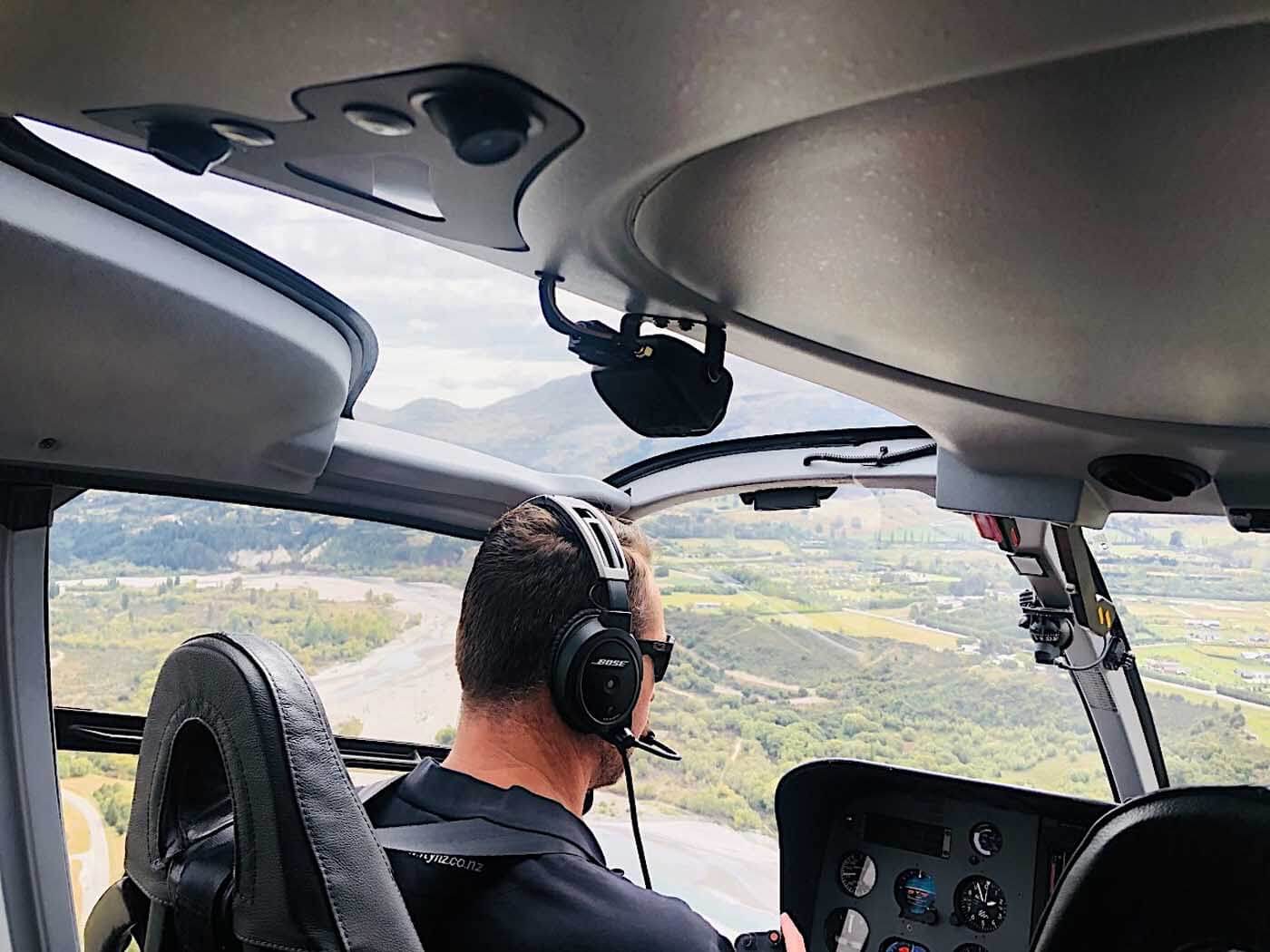
Robinson CEO David Smith said that the company has structured its sales agreements in such a way that it is able to access data from the recorders for safety purposes, citing Tesla as an example of a company in which data collection for the purpose of improving the fleet is simply part of the business model. That permission is now “a necessary part of buying an aircraft from us,” he said, acknowledging Robinson’s responsibility for ensuring that the data is properly anonymized, highly protected and not punitive in its use or origin.
Smith’s mention of Tesla underscores how dramatically the world has changed since the NTSB first recommended cockpit image recorders in 2000. Whether in people’s cars, homes or workplaces, video surveillance and digital data collection is now nearly omnipresent. When pilots resisted cockpit cameras at the turn of the century, they were seeking the same privacy guarantees available to most people in professional occupations. Today, they are increasingly asking to remain an exception.
In his 2000 safety recommendation letter to the FAA, the NTSB’s Hall exaggerated pilots’ historical support for CVRs when he declared that “in the 1960s, the bold support of the airline pilots and the wisdom of the aviation community were instrumental in ensuring that accurate, complete information of cockpit communications was secured for accident prevention purposes.” Yet he was correct in claiming that many of the advances in aviation safety since that time can be directly traced to the installation of CVRs and the crucial information they captured.
“The Safety Board recognizes the privacy issues with recording images of pilots,” Hall wrote. “However, the Board believes that given the history of complex accident investigations and lack of crucial information regarding the cockpit environment, the safety of the flying public must take precedence.”
Write to Elan Head at elan@theaircurrent.com
Subscribe to The Air CurrentSubscribe to Continue Reading
Our award-winning aerospace reporting combines the highest standards of journalism with the level of technical detail and rigor expected by a sophisticated industry audience.
- Exclusive reporting and analysis on the strategy and technology of flying
- Full access to our archive of industry intelligence
- We respect your time; everything we publish earns your attention
